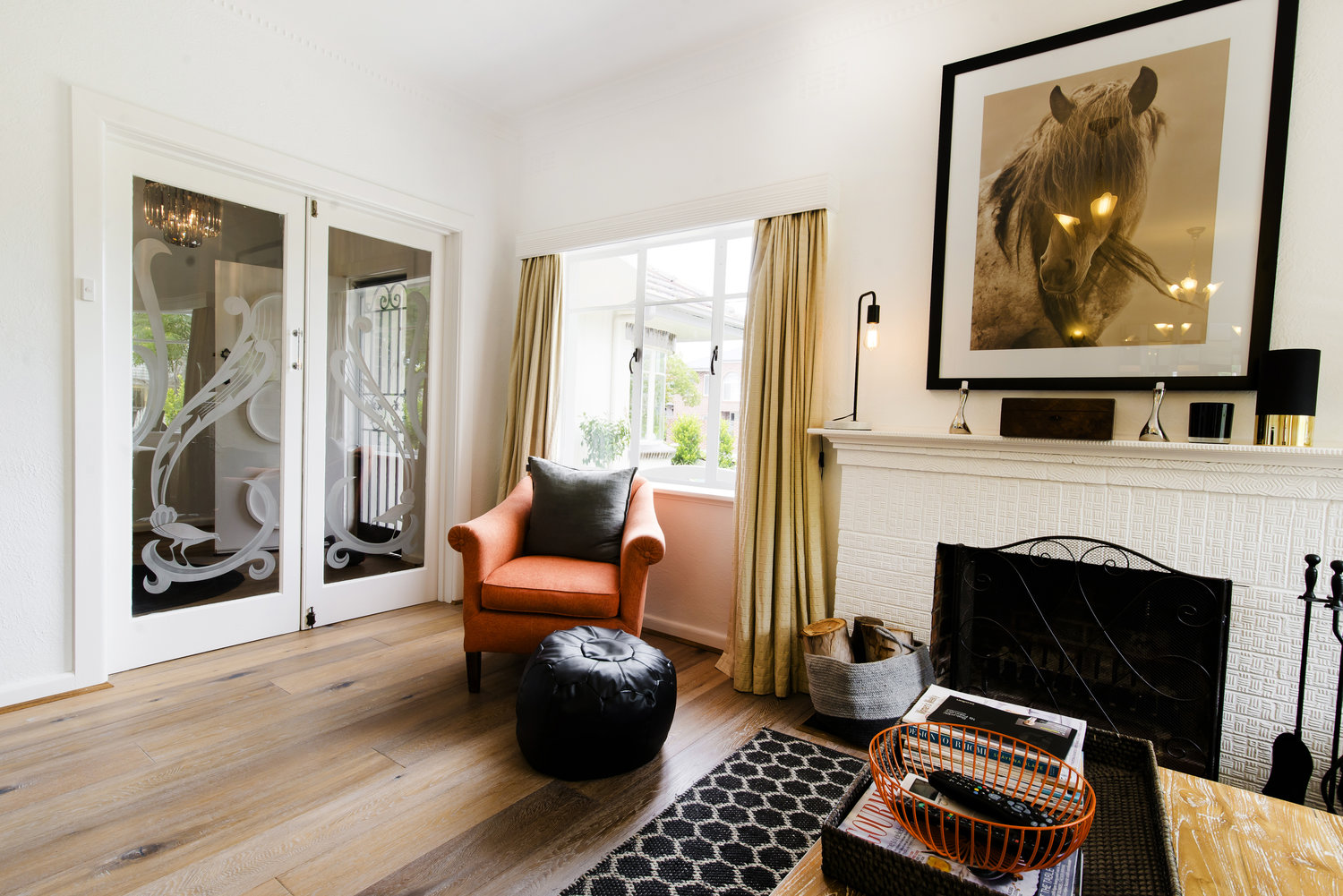To make the quote/contract as accurate as possible, you need to define what exactly is going to be included down to details such as what light bulb you are going to use. Sometimes, that is not possible at the time of quoting or contracting.
Recently builders have been forced to use PC and PS items in a contract due to the unpredictable price of certain building materials, and the availability at the time of ordering during the project. As global supply chains and economies stabilize this will improve.
Prime Cost Item (PC):
Is an allowance made in a tender or contract for the supply and delivery only of an item or items of material (e.g. taps, baths, light fittings etc.) that have not been selected at the time of tender or before the contract is signed or for which the Contractor was not able to provide a fixed price on entering the contract.
The Proprietor/Owner would normally make the final selection of the item, which is subject to a PC allowance.
Provisional Sum (PS):
Is an allowance made in a tender or contract for particular work which could not be finalized before tendering or signing a contract and which includes the total cost of the supply and installation (e.g. joinery, landscaping, air conditioning, rock removal).
Where Prime Cost Items (PC’s) and Provisional Sum (PS) allowances have to be shown in a tender or contract document, the amount shown should be inclusive of GST. e.g.:
• Tile supply allowance PC $50/m2 (inclusive of GST)
• Landscaping Provisional Sum $10,000 (inclusive of GST)



